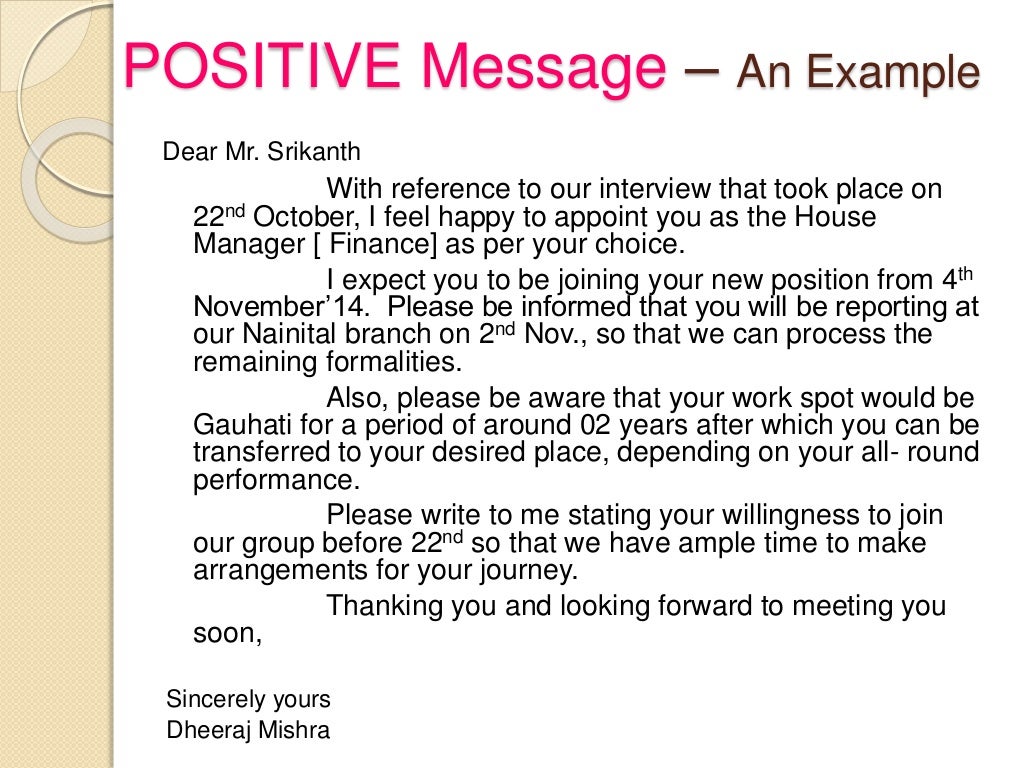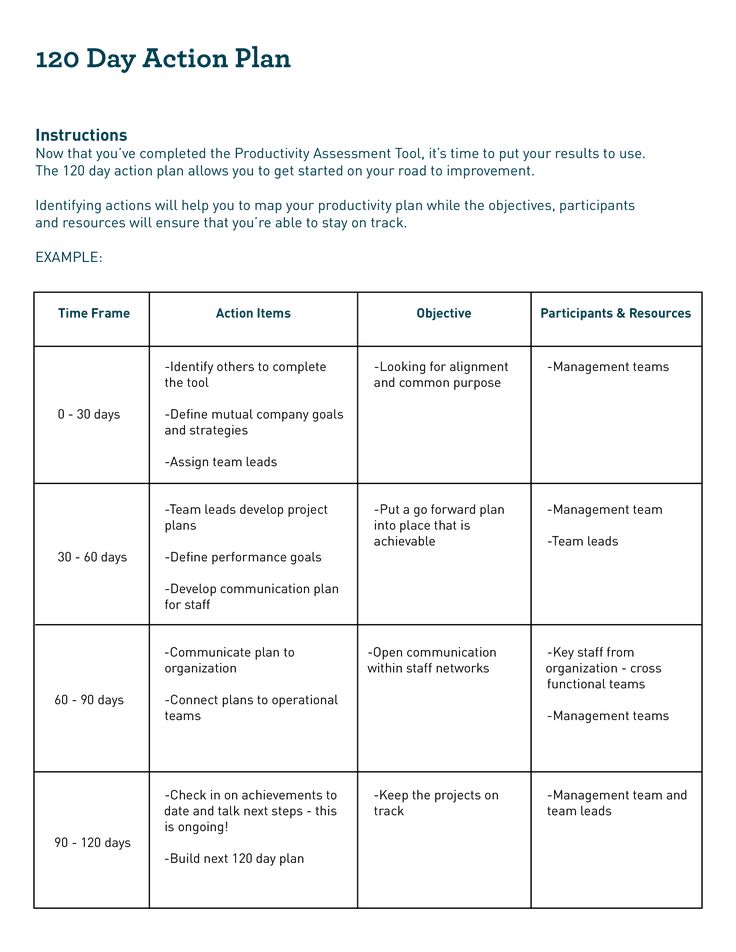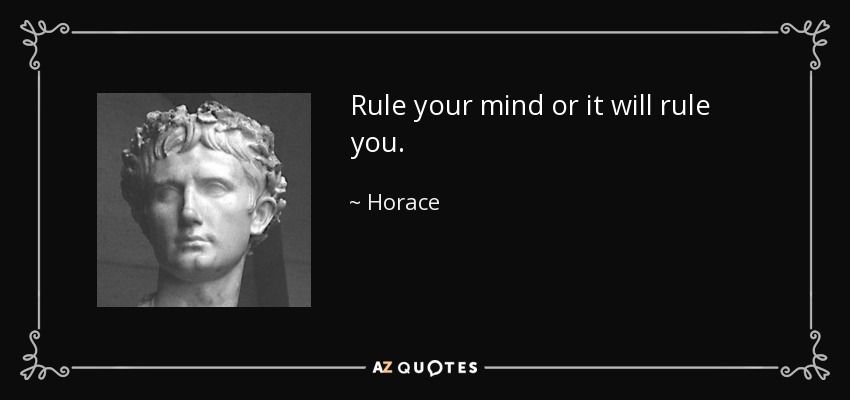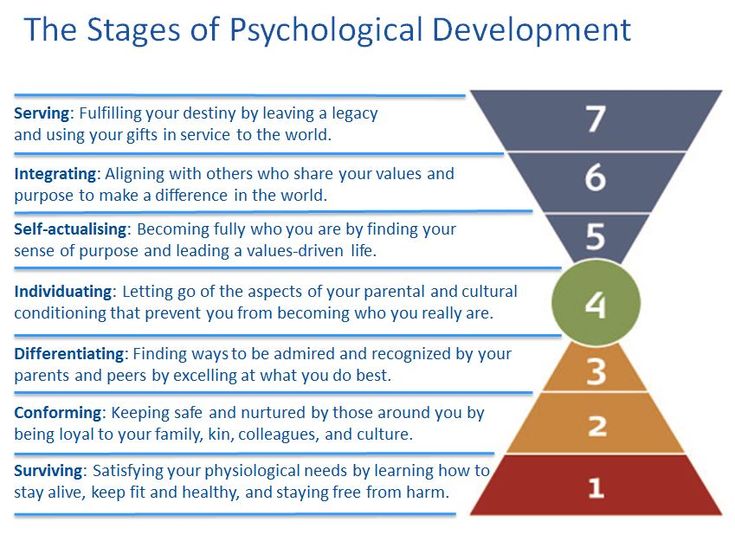Meta message examples
Meta-messages – it’s not what you say but how you say it
I’ve worked in sales in both private and business sectors and sold very different products and services. Every project has offered new lessons and challenges. Without a doubt, short-term sales cycle projects, where you sell products to the end consumer, have helped me to improve my skills the most. I am especially grateful for the lessons I’ve learned while selling and approaching people actively at shopping centres.
People have a lot of opinions about direct sales in shopping centres – some respect the thick skin of the people doing it, while others find them annoying.
It might not be the most prestigious of jobs, but the fact is that active selling in shopping centres is probably the best way to improve your skills.
- > Firstly, you get to communicate with dozens or hundreds of people every day. The number of approaches may reach four-figure digits: the record for our team was 1300 approaches in one day.
That is a quantity that other sales formats cannot offer.
- > Secondly, you get immediate and honest feedback about the quality of your performance, because the sales cycle is just that short. That way you can test different strategies and, if needed, quickly correct your mistakes.
When starting to work in sales, I quickly noticed how my effectiveness in convincing people can differ by several times, despite using the same script word by word every day. As a sales manager and as a colleague I saw how my team members could follow the same script and use the exact same words, but their results would differ by several hundred percent. So it wasn’t about the text but how it was used.
It took a lot of time and tremendous amounts of energy to reach deeper than this conclusion and to establish a game-plan that could be taught to others. I had to make thousands of product presentations and analyse thousands of sales situations to understand what exactly to do and, more importantly, what to avoid.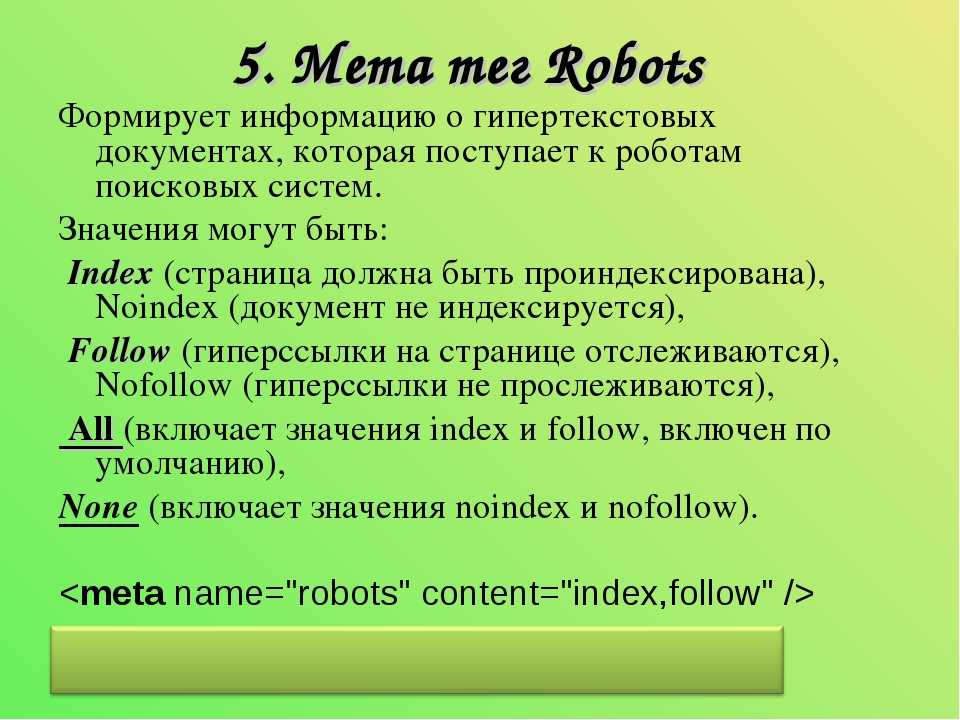
Everyone knows that being in a bad mood is bad for sales. The fact that salespeople have superficial knowledge of things like that doesn’t mean that they can or know how to actually control meta-messages. What if we would go deeper than the basic conversational politeness and concentrate on actually convincing someone? How would we actually say something and what would we avoid?
Only 7% of the message lies in the words
While communicating, the message is conveyed not only with words, but also using body language and tone of voice. Professor Emeritus Albert Mehrabian of the University of California says that emotions and attitude are passed on to others more by using body language and tone of voice than words. When conveying a message, the words make up 7%, tone of voice 38%, and body language 55%. When the words of a speaker convey a different message than his or her tone of voice, then the latter is usually taken into account. Subconsciously even more attention is given to body language.
Information conveyed during communication in addition to words is described as “meta-messages” and “meta-communication”. Meta-messages are conveyed both intentionally and unwillingly with the tone of voice and body language, and they give information about how words should be interpreted.
The concept of a meta-message is easy to explain even using a one word example. If you ask your significant other: “Are you OK?” and he or she replies with only “Yes”, then what could it mean? How could you interpret the response?
Usually you take into account the partner’s body language and tone of voice. He or she might use words to say yes, but what is the meta-communication like? Is he or she rolling eyes? Is he or she avoiding eye contact? Is he or she brief and impatient? Is he or she smiling? Even being silent can be significant.
Words, body language, and tone of voice may all carry a different message
A survey carried out by psychologist Michael Argyle of Oxford University in 1971 found that when the verbal and non-verbal messages contradict, it is five times more likely that the non-verbal messages are believed. Non-verbal hints are often subconscious and harder to control, and they seem a more credible source when judging a person’s true intentions. Many people know that.
Non-verbal hints are often subconscious and harder to control, and they seem a more credible source when judging a person’s true intentions. Many people know that.
Few (salespeople) consider that when the goal is to be successful in communicating and convincing a client, then the three elements – words, body language, and tone of voice – have to be in sync and express the same message and emotion. If that fails, the person speaking does not seem trustworthy.
Trust is the basis of credibility and persuasion. If you lack trust, the client still hesitates, even when the logic is in favour of closing the deal.
Meta-messages synced with words are one of the main aspects that separate the owners of black belts from everyone else. The principles of meta-messages, as with many other principles that underlie success, are not difficult to understand. However, implementing them correctly can sometimes be a challenge.
Tarmo Tamm
Tarmo has sold at least 12 different products and services and worked as a Sales Manager on at least 14 projects. The efficient practices described in this book have been successfully implemented for B2B and B2C. These principles have been tested over the phone, in conference rooms, implemented in retail business, at shopping malls as well as in door-to-door sales.
The efficient practices described in this book have been successfully implemented for B2B and B2C. These principles have been tested over the phone, in conference rooms, implemented in retail business, at shopping malls as well as in door-to-door sales.
What Is Metacommunication in Interpersonal Relations?
Communication about communication is known as metacommunication — a powerful indicator of someone’s thoughts and intentions.
Being able to communicate effectively offers advantages, whether it’s in a relationship or during a casual interaction. Communication can convey your intent and needs and guide others in how they interact with you.
Communication is not just verbal, however. The tone of your voice, stance, facial expressions, and other gestures you make may also send a message.
This subtle relay of information about what you’re saying is known as metacommunication.
Metacommunication is a secondary expression of intent that either supports or conflicts with what you’re saying verbally. In other words, it’s the non-verbal message you send when interacting with someone.
In other words, it’s the non-verbal message you send when interacting with someone.
“I work with my clients to understand metacommunication as the character of our communication; our cues and messages we broadcast independently of whatever we are saying,” says Dr. Crystal Shelton, a licensed clinical social worker from Silver Spring, Maryland.
This process of covert messaging or metacommunication may involve:
- body language
- facial expression
- tonality
- vocalizations (sighing, laughing)
- touch
- eye contact
- personal space
- appearance
- objects
- media elements (profile picture, posts, or chosen quotes)
Often, metacommunication is missed unless it conveys the opposite of what someone says, but research suggests metacommunication is always happening.
Metacommunication beyond human interaction
You can see metacommunication in real time by interacting with an unfamiliar animal.
For example, you’re at the dog park, and a dog approaches you. The dog may not be able to understand your words, but the eye contact you make, the posture you hold, and your tonality can indicate to that dog if you’re a friend or foe.
Similarly, you know through the dog’s behaviors if it’s affectionate or guarded. No words are needed.
Being able to “read between the lines” can be an important tool in a therapeutic setting. Not only may it help a mental health professional gain insight into underlying challenges, but it may also help facilitate a relationship between you and your therapist.
“Metacommunication can be used to mask or conceal the real feeling of the person when a person is unable to express their true feelings,” explains Jacqueline Connors, a licensed marriage and family therapist from Napa, California. “Unmasking the underlying expression helps the therapeutic process by getting to the root of the issue.”
For a therapist, guaranteeing personal metacommunication aligns with expressions of empathy can help establish a bond of trust and confidence.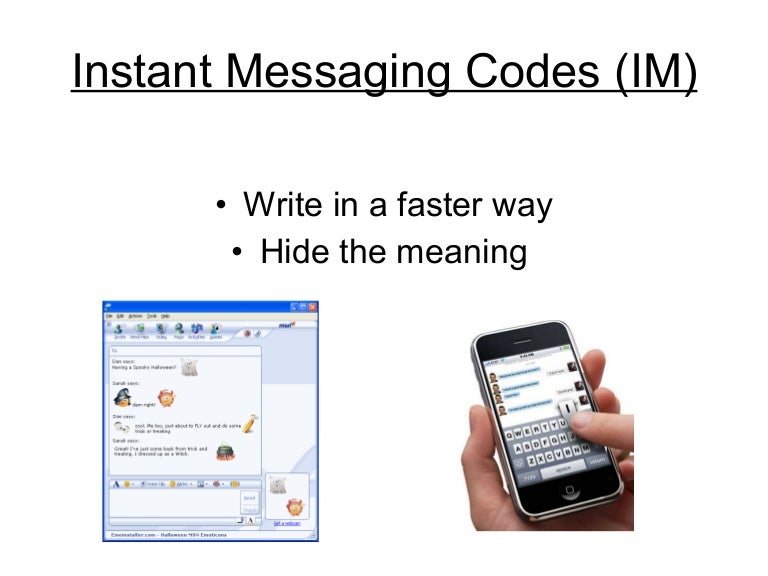
“A skilled therapist works to communicate a client’s value, build their agency, and establish empathy through many cues beyond verbal exchange,” Shelton adds.
Sarcasm and irony in metacommunication
According to Shelton, metacommunication often implies nonverbal processes but can also include how language is used.
Sarcasm and irony are two forms of linguistics that use metacommunication to relay meanings beyond those of the exact words being said.
“If I am trying to tell you that I am happy to be at a party you have thrown, but I am constantly checking my watch, yawning, and looking at the door, my direct communication might be that I am happy, but my metacommunication is suggesting something different,” explains Shelton.
Other examples of metacommunication are:
- What’s said: “I am fine. Everything is OK.”
- What’s metacommunicated: A sigh, accompanied by face rubbing and a slight frown, might suggest it wasn’t as good of a day as said.

- What’s said: “I’m so excited to meet you!”
- What’s metacommunicated: Arriving late to the meeting, appearing unkempt, and looking around distractedly might indicate a lack of interest.
- What’s said: “I would never do that.”
- What’s metacommunicated: Fidgeting movements and avoidant eye contact can convey the presence of guilt or uneasiness.
- What’s said: “I am so glad you were able to come!”
- What’s metacommunicated: A warm embrace, eye contact, and welcoming smile support the verbal assertion of enthusiasm.
Metacommunication, though often subconscious, can take focused, conscious effort to develop. Doing so can help ensure you send the message you intend when interacting with others.
“Intentionality, intentionality, intentionality,” Shelton says of starting the process. “Be aware of what you intend to communicate and craft your behavioral and emotional behaviors around that. ”
”
These tips can help you match verbal messages and metacommunication:
Studying others
One way to help build your metacommunication is by observing it in others.
For example, what else happens when someone’s metacommunication matches their verbal communication? What happens when you feel as though verbal and meta aren’t aligned?
Reinforcing your direct communication skills
Not all metacommunication with conflicting messages is with the intent to deceive. Sometimes, you might not know how to express yourself appropriately with words or may be trying to be polite or private.
By building your assertive communication skills, you may be able to prevent unintentional mis-metacommunication.
Practicing
The saying “practice makes perfect” applies to communication skills as much as any other skill set.
“Focus on your state as you are communicating your words,” suggests Connors. “The state you’re in will help you control your body language and the tonality of your delivery. Practice expressing yourself in a very literal way that clearly defines what you are wanting to say.”
Practice expressing yourself in a very literal way that clearly defines what you are wanting to say.”
Metacommunicative signals are the mannerisms, behaviors, and cues accompanying your verbal form of communication.
But, while these signals can be nonverbal, sometimes words themselves can also deliberately hide intention, such as with irony or sarcasm.
Honing your metacommunication skills can help ensure your communication is effective and conveys only the information you want.
27. Metamessage | NLP for beginners
Today we will talk about how to understand what exactly a person wants to tell us non-verbally. And also, how to learn to make understandable non-verbal messages yourself - that is, understandable to other people, and not just imaginary friends. And then there are a lot of non-verbal signals, they strongly depend on the context, and how to understand what they mean? So let's talk about metamessages.
Metamessage is just a way of giving meaning to all these non-verbal signals. But a little more globally than simple non-verbal messages: “agree - disagree”, “sure - doubt” - something like a general assessment or mood. That is, a metamessage does not refer to a specific word or phrase, but to the entire text (or part) or person.
But a little more globally than simple non-verbal messages: “agree - disagree”, “sure - doubt” - something like a general assessment or mood. That is, a metamessage does not refer to a specific word or phrase, but to the entire text (or part) or person.
For many people, a metamessage is like a command. There is such an interesting meta-message “I am not there” - and if you demonstrate it correctly, they simply stop noticing you: people around, colleagues, controllers, friends ... And there are people for whom “I am not there” is a meta-message “in life” - and they are constantly not noticed , they are forgotten and cannot remember if they were at the party.
Very often a metamessage is much more important than the words a person says. You can remember a young man who says something and tells a girl, but the main point of what he wants to convey is usually: "I like you." And everything else is more like a kind of "filler".
And sometimes the meta-message serves mainly to better convey your idea. In any case, meta messages are extremely important - they determine how you are perceived and determine the specific subtext that is behind the rest of your messages.
In any case, meta messages are extremely important - they determine how you are perceived and determine the specific subtext that is behind the rest of your messages.
And, a few rules.
The metamessage is expressed in direct speech.
No "he wanted to say" and "demonstrates superiority" - only the most direct speech.
- You can trust me.
- I am confident.
- I like you.
- It doesn't matter.
The meta-message can be about information, self or listeners.
It is very important to understand (or demonstrate) to whom this message refers. In particularly critical cases, it is worth using analog marking - that is, directly show with your hand, head or look.
- I am confident.
- I have confidence in you.
- I am sure of the information.
The metamessage is always there, even when we are silent.
Some kind of meta-message always comes from a person, even if he listens or tries to show that he is out of the situation - this, in fact, is a meta-message.
The metamessage is subjective.
There is no "correct" meta-message decryption. Therefore, in metamessage calibration training, this is done in large enough groups - to see how someone understands it. In the same way, it can be described by different phrases that convey approximately the same meaning.
List of Metamessages
Here is a small list of frequently occurring metamessages.
- I am confident in myself.
- I'm tired.
- How tired of you!
- I am calm.
- I'm a good guy.
- I want to sleep.
- Have pity on me.
- Who needs my help?
- I don't care.
- I'm shy.
- It's hard for me.
- Actually, I'm white and fluffy...
- I'm the boss.
- I agree with you.
- I'm gone.
- Everything is fine with me!
- You annoy me.
- Pay attention to me.
- You really need me.
- I will command the parade!
- Shall we spend the evening together?
- I like you. ..
..
- Well, why is everything so bad?
- I have an important message.
- I have a secret...
- Wow!
- I am a very interesting person!
- That's interesting.
- It's not interesting.
- This is important.
- It doesn't matter.
- I'm more important (cooler) than you.
- I'm bored.
Examples
Unfortunately, there are only photographs - and non-verbal messages are transmitted both by movements and by voice. A metamessage is also determined by the context. Which in this situation has to be completed.
And, of course, the decoding of metamessages is my personal hallucination on this score, which is not an objective reality. In square brackets - what/whom the metamessage is about.
All photos of Howard Schatz. Photo session story.
1. - It's scary. [about the situation]
2. - I'm cool. [about me]
3. - I'm a "nice guy". [about me]
Such an "official" American metamessage.
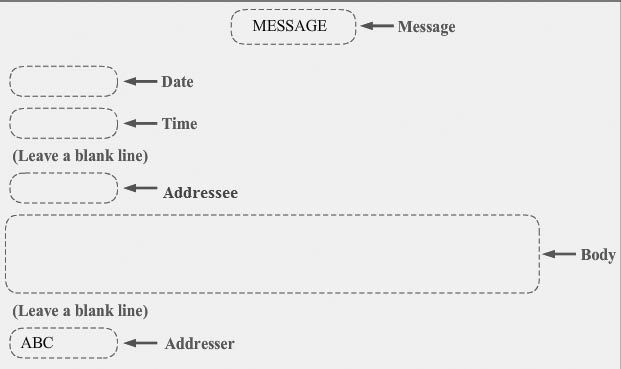
1. - Pay attention to how bad I feel. [about others and myself]
Such a demonstrative metamessage, it has a big piece about “pay attention”: focusing attention on the interlocutor, demonstrative gestures, etc.
2. - I am a "nice guy". [about me]
The female version of metamessage #3 from the previous example. Well, "good girl" in Russian has a completely different meaning.
3. - I'll show you. [about others and about myself]
1. - It's boring. [about the situation]
2. - What will happen. [about the situation]
3. - I'm not happy with it, but it's there. [about myself and the situation]
"Complex" metamessages are conveniently conveyed through "but": "I want to show that I am confident in myself, but I am very shy."
1. - Well, what do you want? [about the interlocutor]
2. - Scream! [about the situation]
3. - It's terrible! [about the situation]
Training
And examples for training. Identify the meta messages of the people in the photos.
Identify the meta messages of the people in the photos.
Below are descriptions of the situations in which the actors allegedly found themselves.
- You are in your fifties, you are a middle manager, you have been with the company for quite some time. You just learned that after the merger, you will be out of a job.
- Acting teacher, you just heard an Oscar-winning actress thank you live.
- Offended woman.
- You listen to your daughter and wife yell at each other at Thanksgiving dinner.
- You are a middle-aged accountant who was just told by a pretty young co-worker "you're awfully sexy."
- You are the CEO of a large company. You know that the board of directors will probably approve a significant increase in salary.
- You are the owner of a small restaurant that is not doing very well. You shout to the two racketeers who are protecting you: "That's it, bloodsuckers, you won't get a penny anymore!"
- You are a young naive actress, you are new to Hollywood.
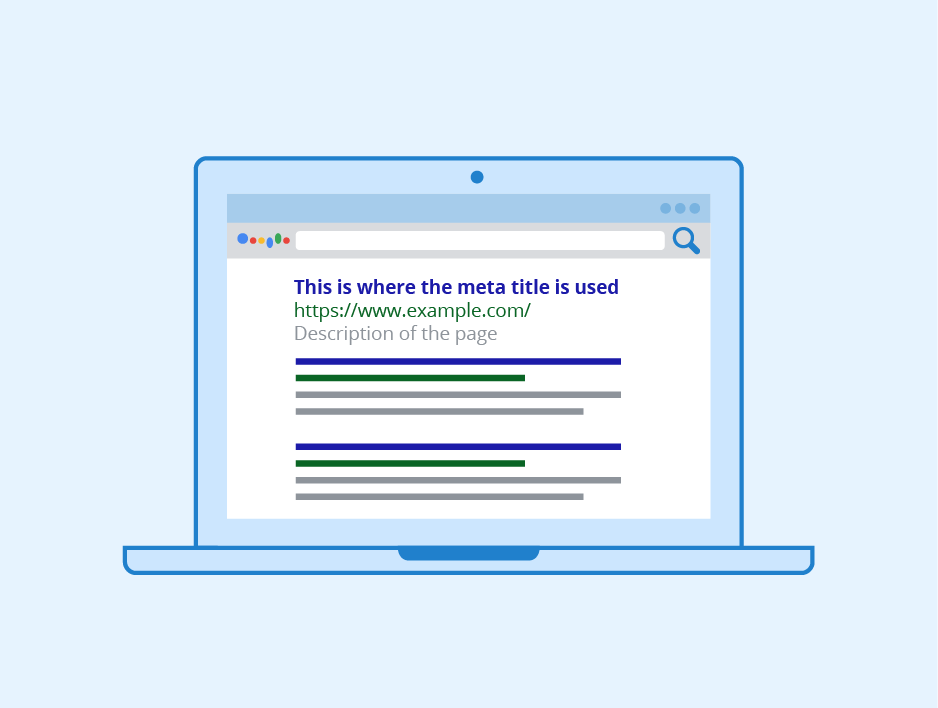 Your agent just called you and told you that you have been cast in a big movie, according to the script, George Clooney will fall in love with you.
Your agent just called you and told you that you have been cast in a big movie, according to the script, George Clooney will fall in love with you. - You are a builder. Together with your friends at work, you are sitting at a construction site and are going to have lunch. You yell at a sexy girl passing by, “hey babe, do you want to see what I have in my lunch box?”.
- You are an average drug dealer, you owe a lot of money to a big mafia boss. Your courier just told you that "suddenly the wind came up and blew two bags of your cocaine away."
Where are we passing
Training :: communication skills
on the topic
Webinar :: non-verbal messages
Video :: Missing
Presentation :: Miss Non-verbal communication
Metamessage broadcast by the speaker - Psychologos
The information received from the speaker consists of two parts:
- Verbal message - what is conveyed by words (information about the content).
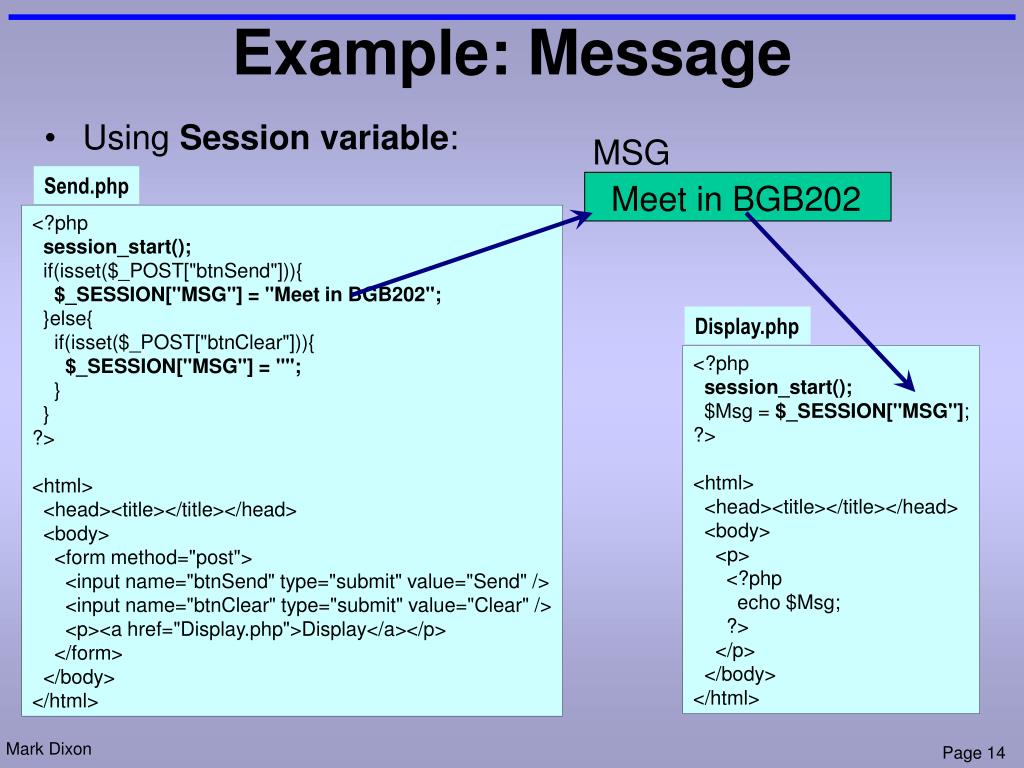
- Non-verbal message (meta-message) - what is transmitted through posture, facial expressions, gestures, voice, breathing (information about the internal state of a person and his attitude to what is happening and others).
The speaker enters the stage. He has not yet uttered a word, but with his whole body he is already broadcasting a sea of information to the audience: “I am worried” or “I am sure”, “I am glad to see you” or “How tired I am of you”, “Now it will be interesting” or “Now it will be a boring and boring lecture."
EVEN NOT SAYING ANYTHING, WE TRANSMIT DIFFERENT METASESSAGES
The metamessage broadcast by the speaker is extremely important for the speech, it determines how your speech will be perceived.
According to research, the impact on listeners during a presentation mainly consists of non-verbal communication:
- 55% is body language (poses, movements, facial expressions),
- about 38% - voice (tone, intonation, rhythm, timbre),
- and only about 7% of is in words.
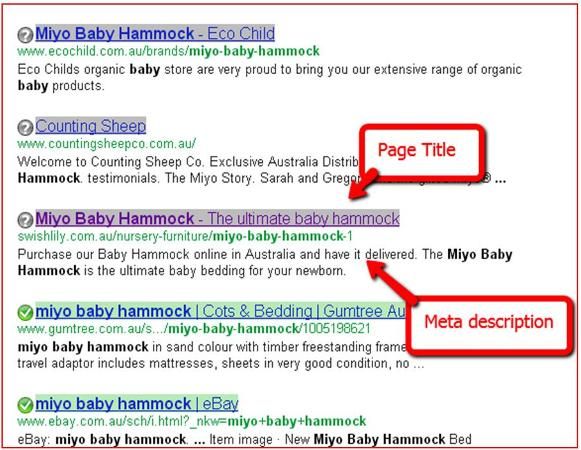
META MESSAGE IS USUALLY MORE IMPORTANT THAN VERBAL MESSAGE!
Why is this happening? Largely because the meta-message is perceived primarily by our unconscious, words, on the contrary, are perceived by consciousness. And in a dispute between the conscious and the unconscious, the latter usually wins.
- Here's a speaker talking diligently about how their company's sales have grown and how great they are, and broadcasts in a meta message: "we are going through difficult times." As a result, despite the brilliant figures, potential partners are in no hurry to conclude contracts with this company.
- During a job interview, a candidate talks about his successes, certificates, diplomas, but broadcasts something else: “I am not confident in myself”, “I am not sure that I am the one you need”. As a result, a good specialist is left without work, since the unconscious of the employer reacted precisely to the metamessage.
Or from a joke (I hope you remember the intonation with which it is pronounced): “Vovochka called Masha a fool.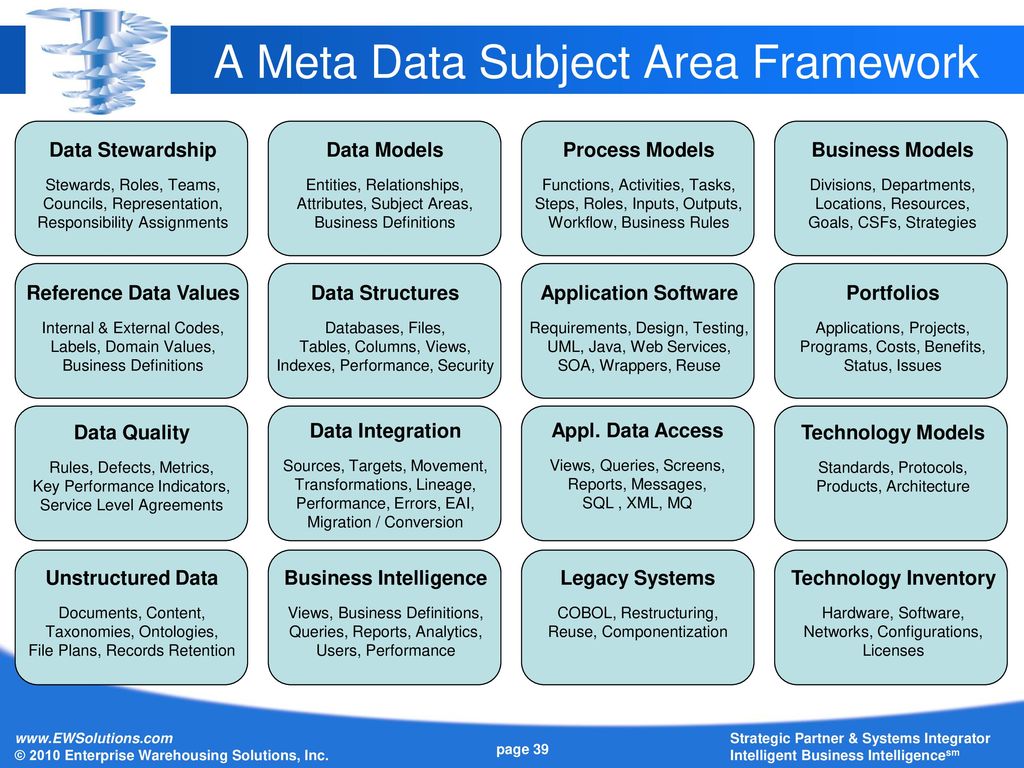 Teacher: "Vovochka! Go to the blackboard, say three times that Masha is not a fool, and apologize !!!" Little Johnny comes out and says: “Masha is not a fool? Masha is not a fool??? It is bad when an unsuccessful, inappropriate metamessage is chosen: the effectiveness of the message is lost.
Teacher: "Vovochka! Go to the blackboard, say three times that Masha is not a fool, and apologize !!!" Little Johnny comes out and says: “Masha is not a fool? Masha is not a fool??? It is bad when an unsuccessful, inappropriate metamessage is chosen: the effectiveness of the message is lost.
It's really bad when the message and metamessage contradict each other. As a result, there is a distrust of the speaker as a whole (this phenomenon is called incongruence, and more about it in the next chapter).
Unfortunately, usually when preparing for a speech, the first thing to think about is WHAT to say, what words to say and in what order. But often they forget about the form, about HOW to say. And this is also necessary!
Metamessages can be roughly divided into three categories
Metamessage about oneself: what the speaker says about himself, about his condition with his non-verbal.
- "I'm confident" or "I'm shy."
- "I am calm" or "I am worried.
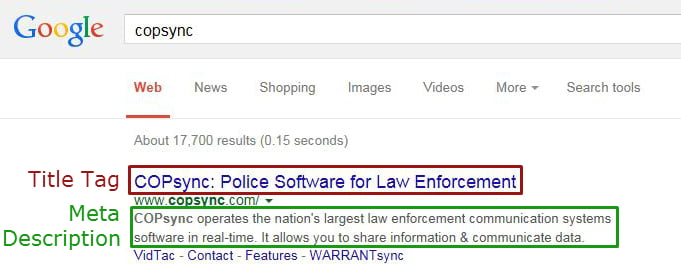 "
" - "I'm excited" or "I'm bored."
- "I am full of strength and energy" or "I am tired."
Audience metamessage: that the speaker is non-verbally talking about his relationship with the audience.
- "I'm glad to see you" or "God, I'm tired of you."
- "I'm sure you can do it easily" or "I have doubts about your mental abilities."
- “I'm cooler than you, and you're a small fry” or “How big and important you all are. I am nothing compared to you."
Material Metamessage: The speaker's non-verbal behavior cues about how to relate to the material being presented.
- "This is very important" or "This is not worth your attention."
- "This is a very interesting and exciting topic" or "This is boring and uninteresting."
- “This is easy and easy to learn material” or “This is a very difficult topic to understand.”
As a summary
- A metamessage is a non-verbal message sent by our body, voice, movements, which is directly perceived by the unconscious of the listeners and ultimately has a strong influence on the perception of the message itself.
